Understanding habitats Normal Worksheets for Ages 4-6
6 filtered results
-
From - To
Discover engaging "Understanding Habitats Normal Worksheets for Ages 4-6" at Kids Academy. Our vibrant, expertly designed activities introduce young learners to the natural world, fostering curiosity about various animal habitats. Perfect for preschool and kindergarten, these worksheets help children recognize and differentiate environments like forests, oceans, and deserts. With fun exercises and captivating illustrations, kids enhance their observation and critical thinking skills. Ideal for both home and classroom use, these resources provide a solid foundation in ecology and environmental awareness. Nurture your child's love for nature and science with our thoughtfully crafted printable worksheets. Explore today and inspire learning!
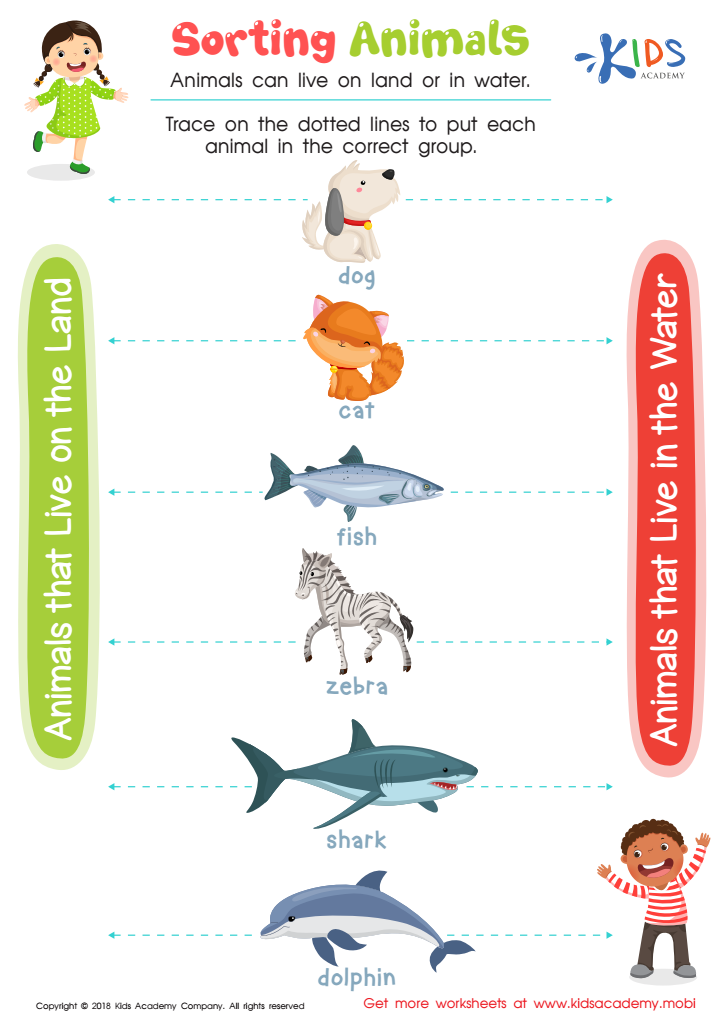

Sorting Animals Worksheet
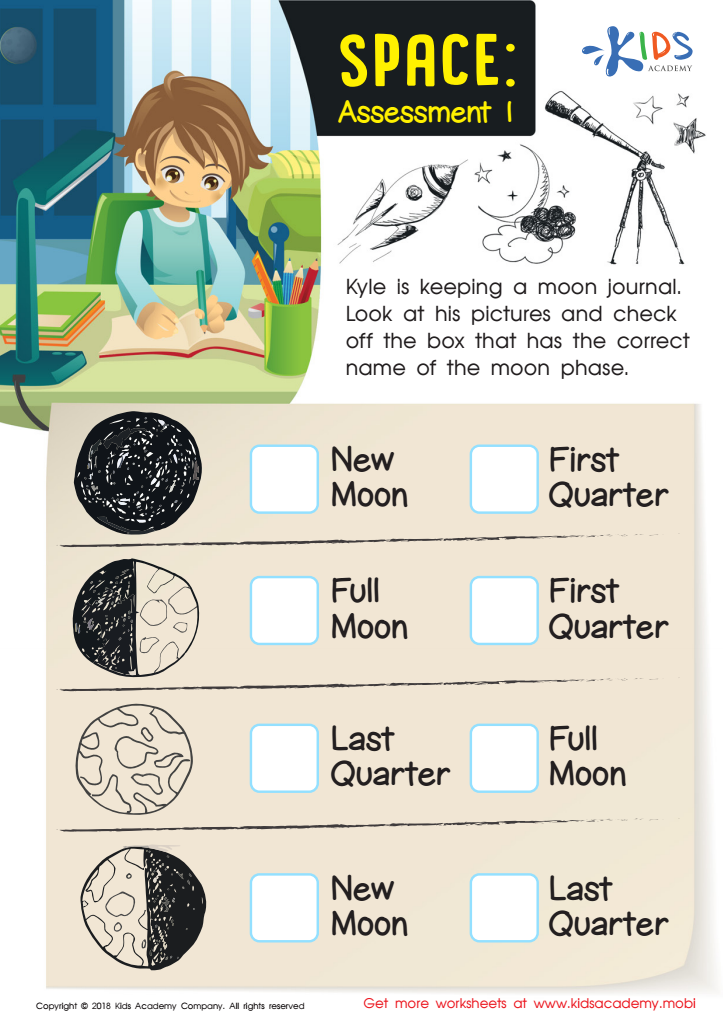

Space: Assessment 1 Worksheet
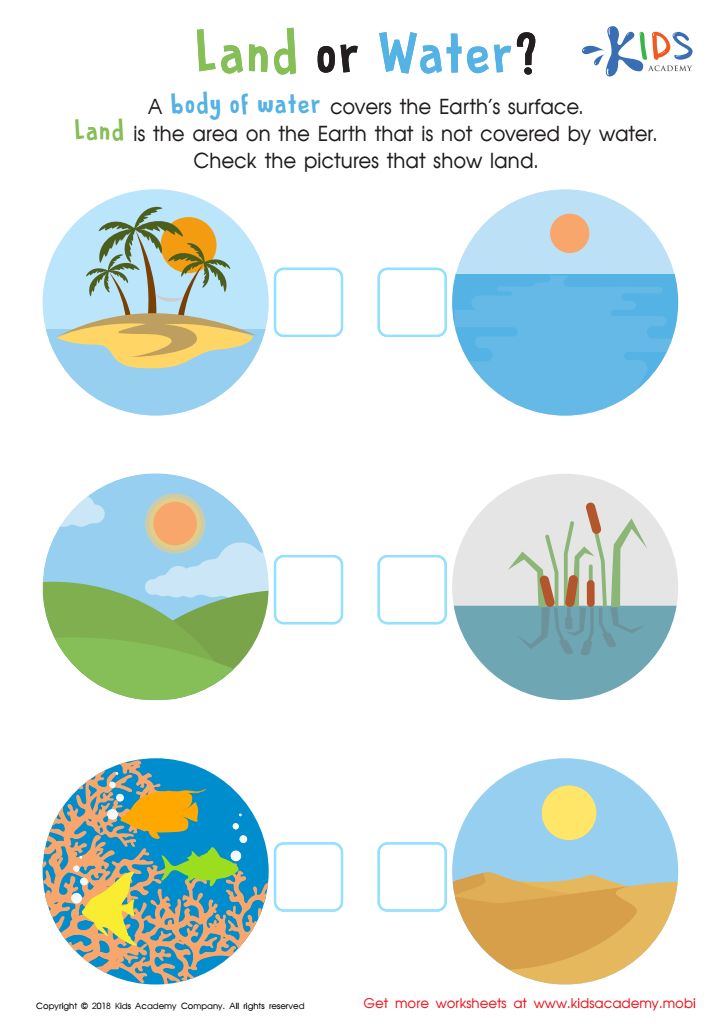

Land or Water Worksheet
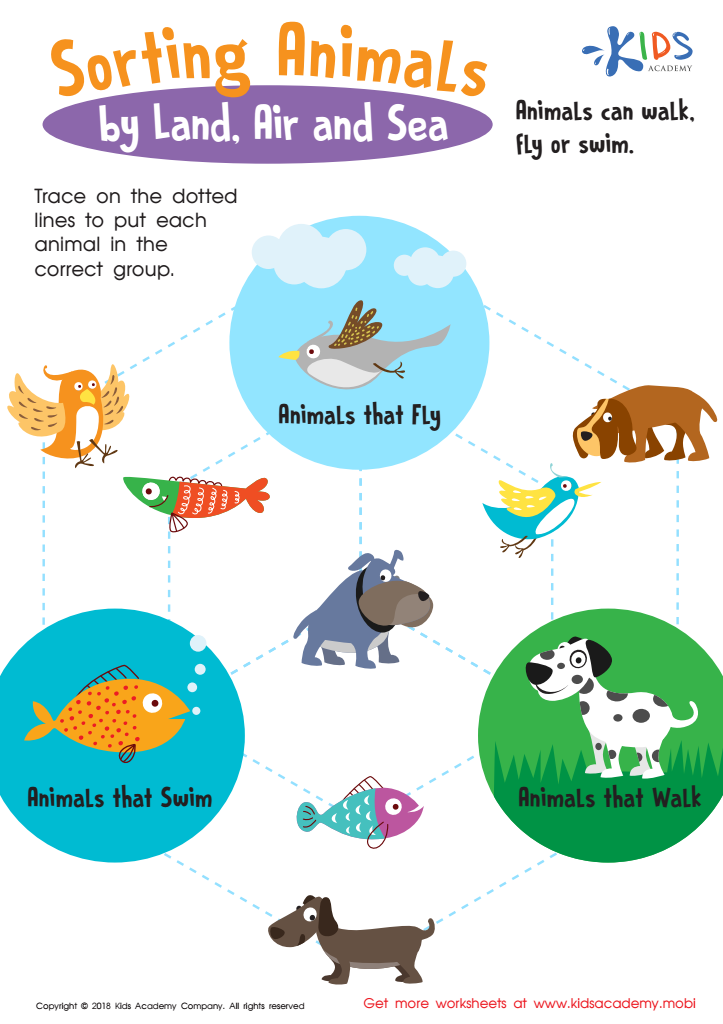

Sorting Animals by Land, Air and Sea Worksheet
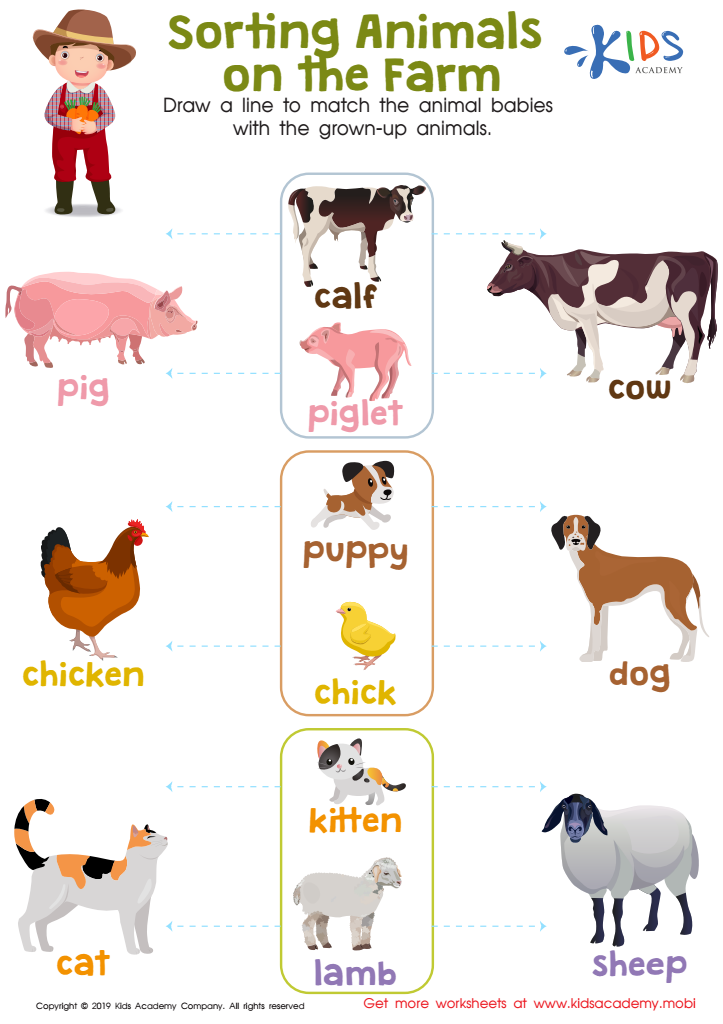

Sorting Animals on the Farm Worksheet


Animals and Plants: Assessment 2 Worksheet
Parents and teachers play a crucial role in fostering young children's awareness and understanding of habitats, even from a young age of 4 to 6 years. At this early developmental stage, children are naturally curious and absorb information like sponges. Introducing them to the concept of habitats helps cultivate a sense of environmental stewardship and respect for all living things.
A primary reason to care about teaching habitats is to instill a foundation for lifelong environmental awareness. Understanding different habitats like forests, oceans, and deserts helps children recognize the basics of ecology and the interdependence of all creatures. This knowledge encourages empathy towards animals and plants, promoting a sense of responsibility towards conserving nature.
Additionally, learning about habitats enhances cognitive and language skills. It introduces new vocabulary and concepts, stimulating critical thinking. Children learn to categorize and differentiate between various environments and the specific needs of the creatures living there. This kind of structured thinking is fundamental in their cognitive development.
Furthermore, it's also an excellent way to integrate multi-disciplinary learning. Teaching habitats can touch on subjects such as geography, science, and even social studies. Outdoor activities related to observing local habitats can improve physical development and social skills by working together.
By fostering an early understanding of habitats, parents and teachers are equipping children with essential tools to appreciate and protect the natural world, ensuring they grow into informed and responsible global citizens.
 Assign to My Students
Assign to My Students
















